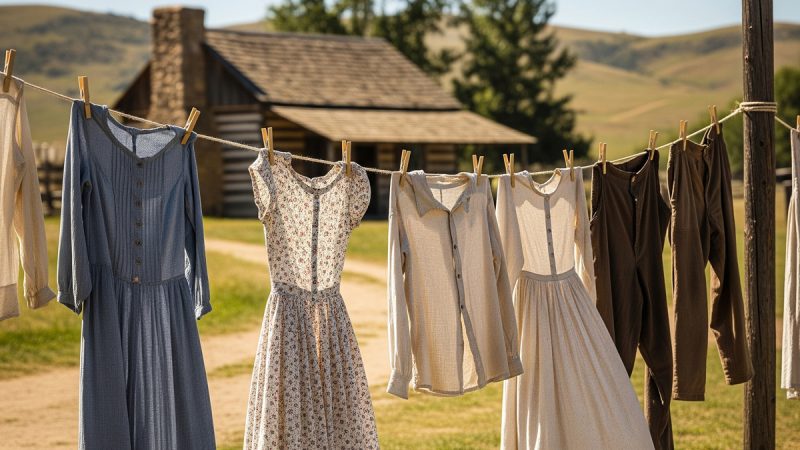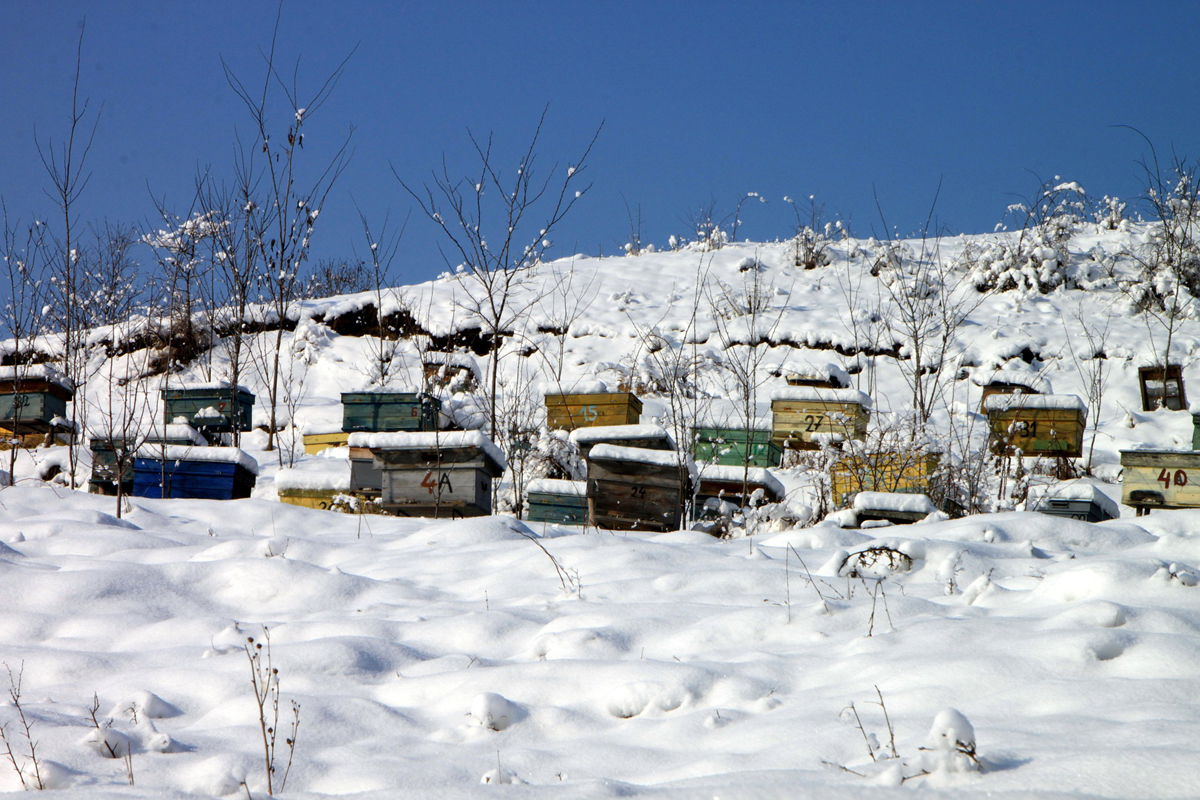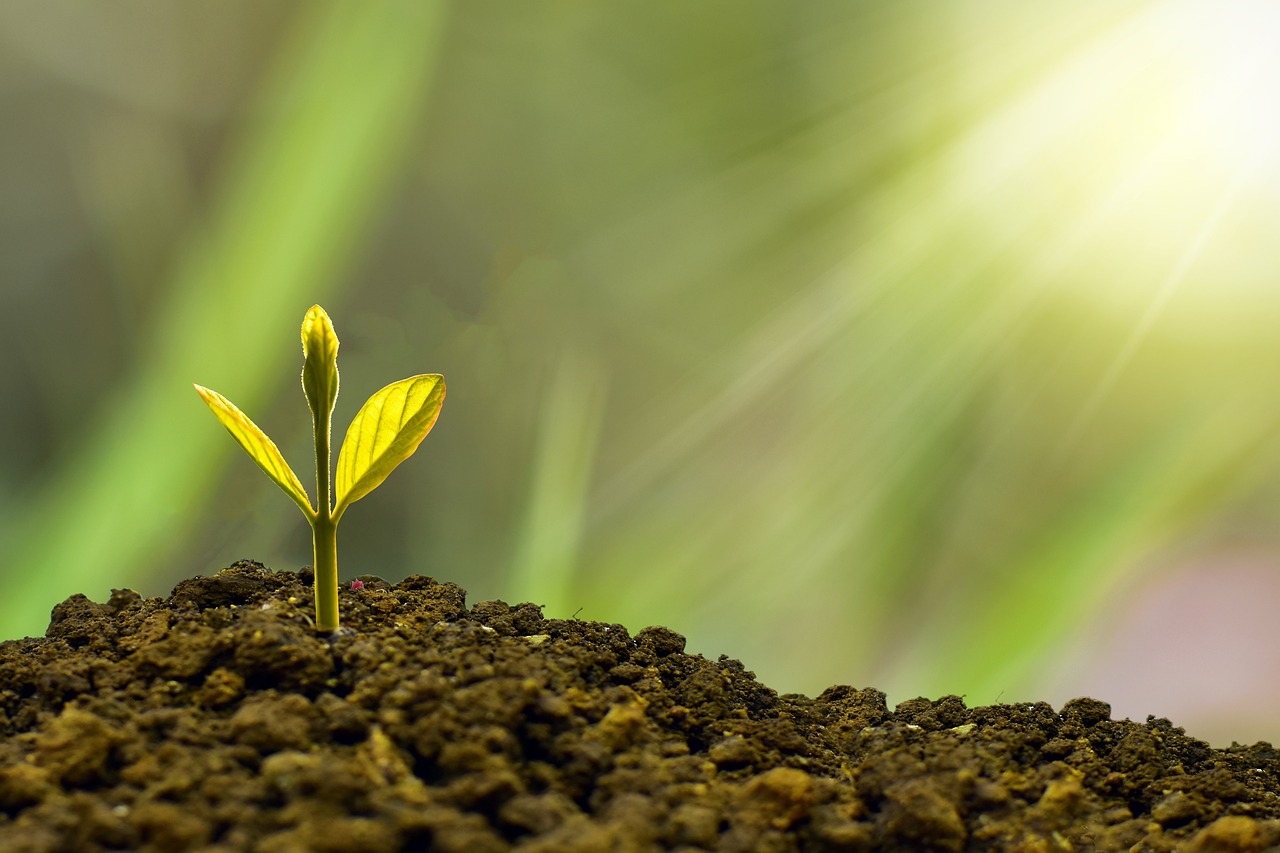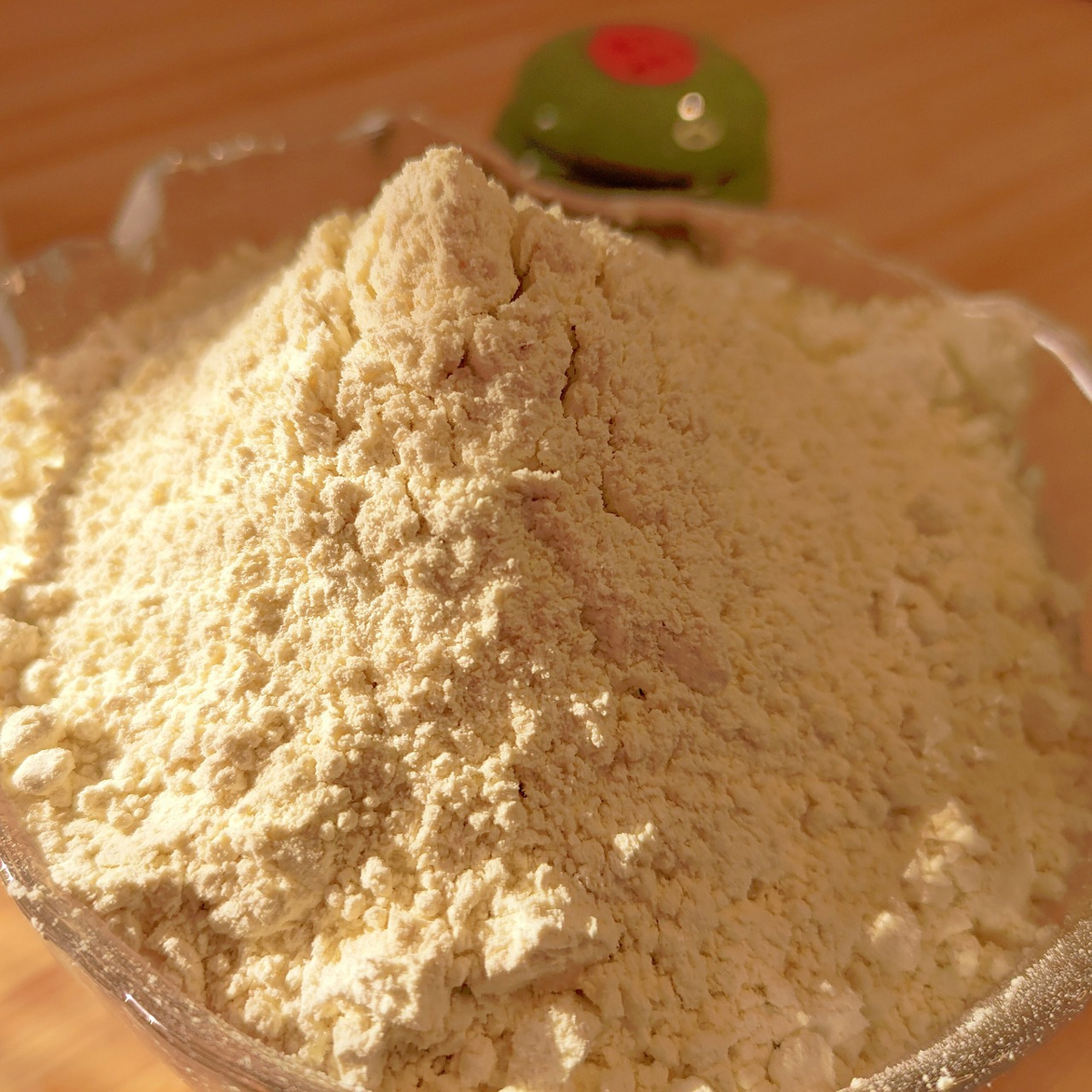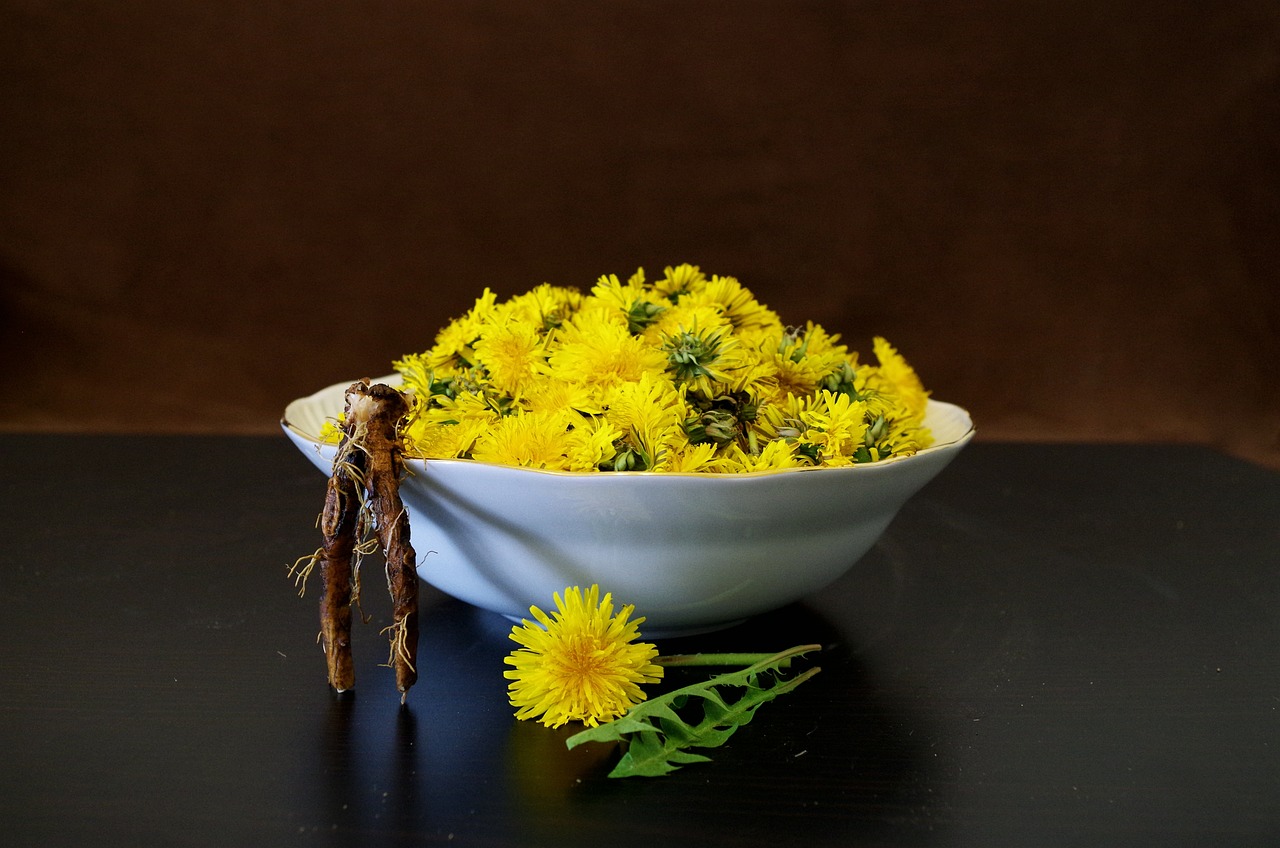Bee Honey Production

Beekeeping is like running a business entity with a simple and solid management system. It consists of a factory with thousand of workers, your honey worker bees and yourself on top of the organization and concurrently holding the positions of factory, marketing and sales manager, and maybe the finance and administration manager too.
As a business, your objective might be to produce and sell quality honey. Honey has been consumed by human since long ago and is very valuable with a lot of benefits. The use of honey has a very long history not only as a nutritious food but also as other meanings that reflects its significance in cultures and religions.
The quality of honey depends on many factors which are basically related to the source of nectar or floral source. Other factors that determine the quality of honey is processing and packaging. The floral source determines the taste and aroma of honey as well as its water content and clarity. Based on its floral source honey can be derived from specific flower nectars or from unspecified origins, or blended after honey collection.
Most of the available honey sold in the market is blended honey or a mixture of several floral sources with different flavor, color, density and various area of origin. You can also find polyfloral honey or wildflower honey which is derived from the nectar of several flower types. Therefore you may find some inconsistency of this type of honey from season to season in its taste, aroma and flavor, depending on which flower is more dominant.
If you wish to produce monofloral honey, which is collecting honey that is derived from the nectar of a single type of flower, you need to manage that your honey bees has access to only one type of flower, which is quite a difficult task to do. As a matter of fact, you can not control all your bees, some will collect nectar from other flowers, and there is a great possibility that your monofloral honey may contain a small amount of nectar from other flower types.
Let us observe how the bees produce honey from the collected nectar from flowers that surrounds their hive. A soon as the bees arrives in their hive, they will empty their fully stomach by regurgitating the nectar then swallow and ingest it again for several times until it gets partially digested. This is actually the transformation process from nectar to honey. The bees will do this regurgitating and ingesting together for several times until its reaches the wanted quantity which they put into the honey comb.
This newly stored nectar still contains a lot of water and some natural yeast that may cause the fermentation of the sugar content in the nectar. By nature the bees will fan their wings to produce an air stream above the honeycombs to facilitate the evaporation of water from the nectar. This produces a higher sugar concentration which will eventually prevent fermentation to occur. This is a natural process in a bee’s life, producing honey to be stored as food source during hard times like winter.
The task of a beekeeper is just to encourage the bees to produce more honey than what is needed by the bees. Such over production of honey will be beneficial for both the bees and the beekeeper.
The ripe honey is a thick, sticky sweet liquid. It contains a lot of fructose and glucose with a smaller amount of maltose and sucrose. Although the common presentation of honey is the bottled liquid form, but there are other forms of honey which are subjected to various honey processing methods. The application of methods is fully the discretion of the beekeeper.
To mention some varieties that can be further developed: raw honey, strained honey, ultra-filtered honey, pasteurized honey, crystallized honey, ultra-sonicated honey, whipped honey, dried honey, chunk honey and comb honey. Each variety has its own benefit and purposes, which can be addressed to a certain market.
Well, with such many varieties, a beekeeper has a lot of challenges to fulfill some market needs and this of course, should be the job of you as a marketing and sales manager. Isn’t it?
Happy honey producing and marketing!
The Author:
Uno Birawan is a writer and wrote a lot about beekeeping.
Photo. Martin Winkler
Source: Ab


